I was crawling on my hands and knees spreading straw under our tomato plants when I came up to a planting of parsley in flower. I could hear the faint hum of insects as they hovered over tiny flowers. My son was thinning basil in the next bed over. He was admiring an Eastern Black Swallowtail butterfly hovering over the parsley. I returned to mulching and a tune entered my consciousness. I was not aware of it at first. I paused and listened more closely. It seemed as if the insects were making music. I glanced at my son Noah through a thin veneer of parsley and realized he was humming a tune that blended in perfectly with the buzzing of the bees. We all merged into one reassuring garden harmony.
Noah plays the viola, and I imagined him subconsciously matching the frequency around him just like a high school orchestra concert. He was content. We were working together, with our hands in the soil, and his humming made me think everything is okay. We are going to be okay. The peacefulness of the garden and the meditative nature of tending to plants drew this contentment out of him. No earbuds, no screens, just harmonizing with the bees.
What is that worth? I am not sure, but to me, it seemed priceless. I love gardens and gardening. They give way more than they take. I would be lost if I could not garden, unmoored from reality. For me, being connected to nature and supported by a like-minded community is what keeps me sane. This way of being is how humanity has functioned for 99% of our history.
Gardens are woven into our DNA. Most people dismiss them as too much work, but they are missing the point: the work is the point. It gets you outside away from screens, immersed in beauty, and connected to your family.
Our garden is the glue that holds us together and links us to place. It forms the foundation for an authentic life. We bond over the garden all year round. From planning in winter, starting seeds, planting in the garden, tending to the plants, harvesting, cooking, preserving, and celebrating the bounty with friends.
Gardening also allows us to directly experience the abundance of nature. Our existence is underpinned by a fiery biological furnace in the soil that runs on sunlight and mutualism. This system is humming along beneath our feet, and when we tap into it, we realize that we have agency in the world. We can inhabit an authentic biological reality. Gardens are a portal to another realm. A realm where you can quickly produce more food than you can possibly eat.
Our bounteous harvests have just begun and we are moving toward the extravagant abundance of late summer. We are currently harvesting our early spring plantings of lettuce, arugula, radishes, Japanese turnips, and kale. Japanese turnips are amazing. They are a manifestation of the Japanese culture’s love of turnips.
We had particularly nice radishes this spring. I planted Raxe radishes from my friends at Prairie Road Organic Seed in North Dakota. They are amazing farmers and plant breeders that run their own seed company on their organic farm.
We started harvesting when the round red radishes reached ¾ of an inch in diameter. At that point, they were sweet and tender with just a hint of spiciness. I knew I was on to something when my sons started harvesting them on their own for dinner.
When you grow your own food, it becomes imbued with meaning. These tiny red roots carry stories and serve to connect us with each other, friends, the soil, and the season. The tiny delicate plants are rooted in silt loam with 10% organic matter. Our labor of love building up the fertility of the soil is now manifest in a radish.
Why is this radish so sweet? How can it have such complex layers of flavor that resonate with our taste buds? It is just a radish, isn’t it? Well, not exactly. It is also a mystery and distillation of love and hope. All I know is that we have all savored these radishes daily for the past two weeks.
This gets to the crux of the cruciferous matter. There is a sublime balance in the best of the mustard family. For us, arugula is the pinnacle of cruciferous perfection. We like it so much we are creating our own variety of arugula. We started by planting a diverse mix of arugula genetics, selecting plants that overwinter from fall plantings, and saving seeds from them. We plant again in the fall and repeat year after year.
If you are thinking, “Why go through all that trouble?”, then you have probably yet to harvest arugula from a garden in November through March. This is when arugula reaches perfection. It is a cool season green, and the beguiling flavor and texture emerge in cold weather.
When the soil warms in spring, the heat in the soil leads to heat in the leaves, and at some point, it crosses a threshold where the spiciness overwhelms the subtle sweetness. This is the time to switch to spinach and kale. For serious vegetable growers, kale has never had a moment. It has always been foundational. Kale is a pillar of the garden and a remarkable plant in its own right. It produces tender and flavorful greens in abundance over much of the growing season.
In recent decades, kale has gotten even more interesting as talented plant breeders have released beautiful new varieties. There is much more to kale than curly green leaves. I have been growing perennial kale for the past five years, and an updated version has just been released and is available through the Experimental Farm Network. Kale is like a smartphone in this way. You can keep upgrading to the latest model.
The current version comes with serious upgrades. In kale 2.0 the beautiful blue of Lacinato permeates the leaves in some of the plants. Other plants show pink veins and a variety of leaf shapes and types, making them ornamental as well as vegetal. These bushy perennial plants are now likely to survive for 3-4 years, and you can propagate them by cuttings. Everyone should have kale bushes in their landscaping.
An excellent way to explore other varieties of kale is to order seeds from Wild Garden Seed. They have an incredible selection of varieties that are selected for color, flavor, and texture. A couple of my favorites include Dazzling Blue and Wild Garden Lacinato. If you enjoy kale in salads, then the Ruso-Siberian varieties from East Asia are for you. The White Russian variety is a standout in this category.
Growing these varieties of kale is about more than beautiful leaves. They are also a form of resistance. One of our central challenges is to find ways to reduce the grip of corporate culture on our lives, and our gardens are a good place to begin. As you plant wild kale and native plants in your yard, you increase diversity and attract more diversity. This same dynamic will be stimulated within you. More diverse elements of your personality that represent who you really are at your core can emerge.
The wild kale will stand out in your garden and show you that it is okay to be different. It is good to not always fit in. We all have unique gifts to share, and the world will be a better place when those are shared freely.
You can begin with a plant in a pot, and a trickle of creative energy will flow. Move to a small garden in a sea of grass, and the flow builds. Shrink the area devoted to turf grass even more and allow unfettered nature to exist in your yard. Creativity will flow through you like a wild river. This is both scary and thrilling. There are times and places to play it safe, but your yard does not have to be one of them.




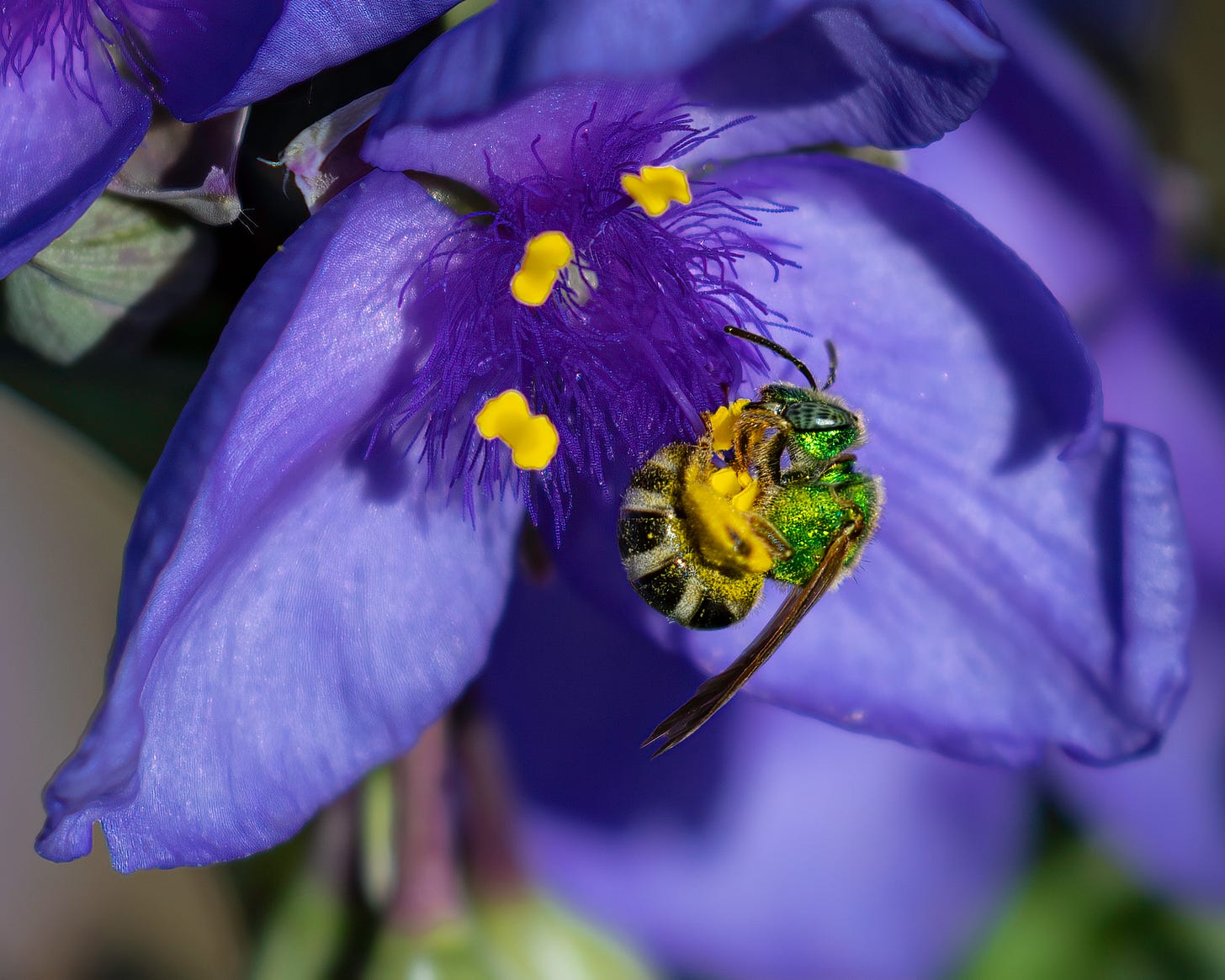
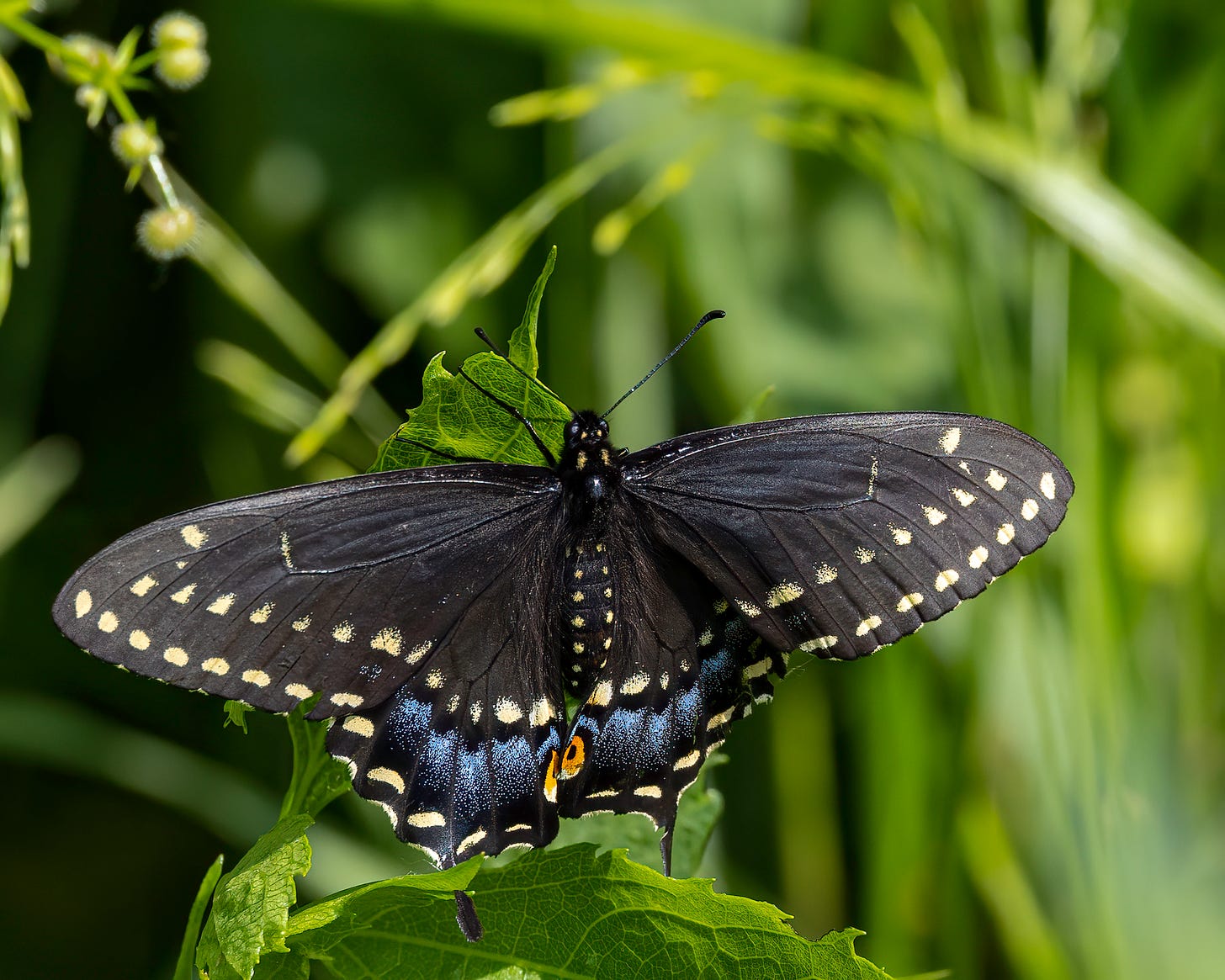
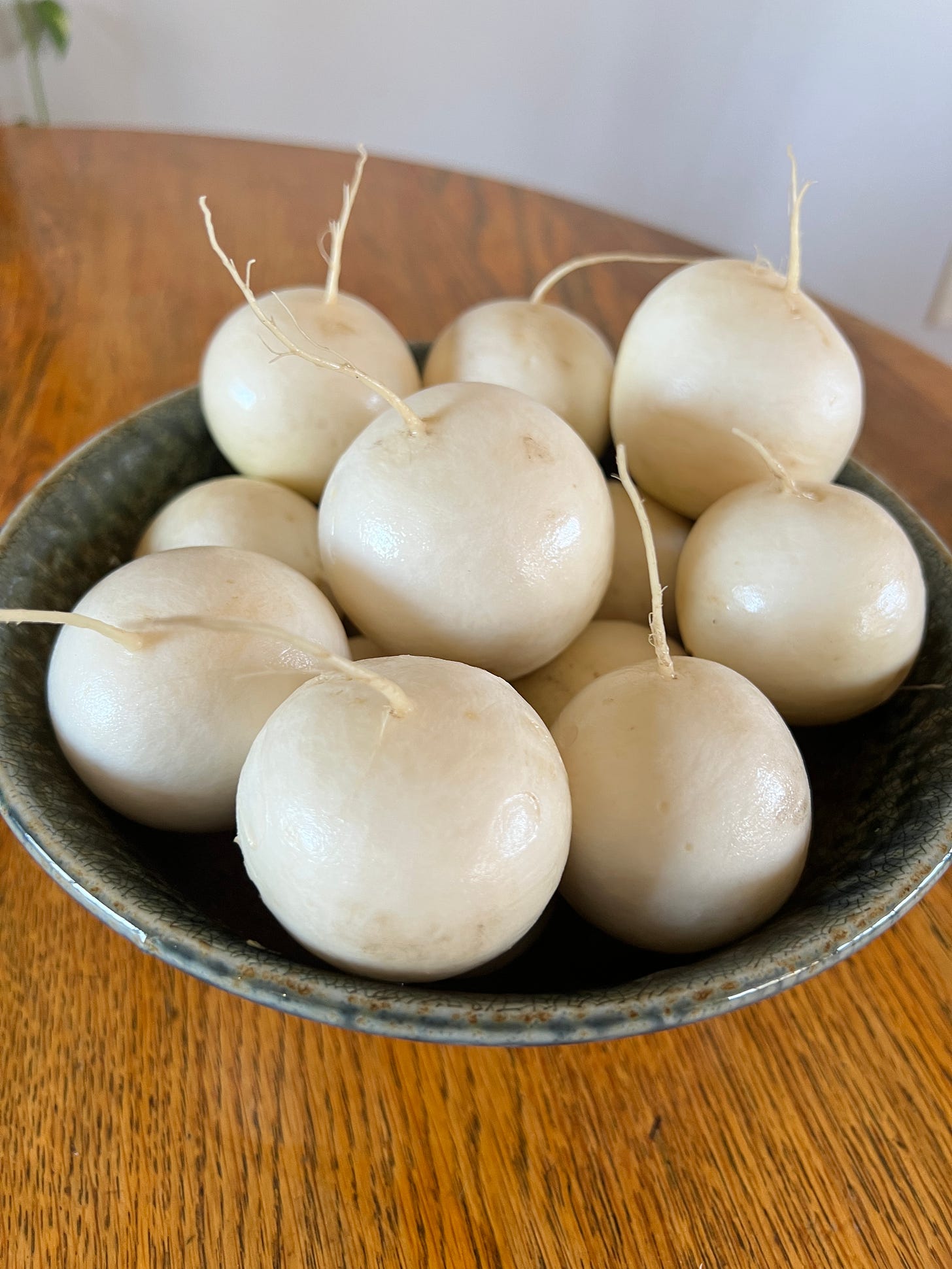
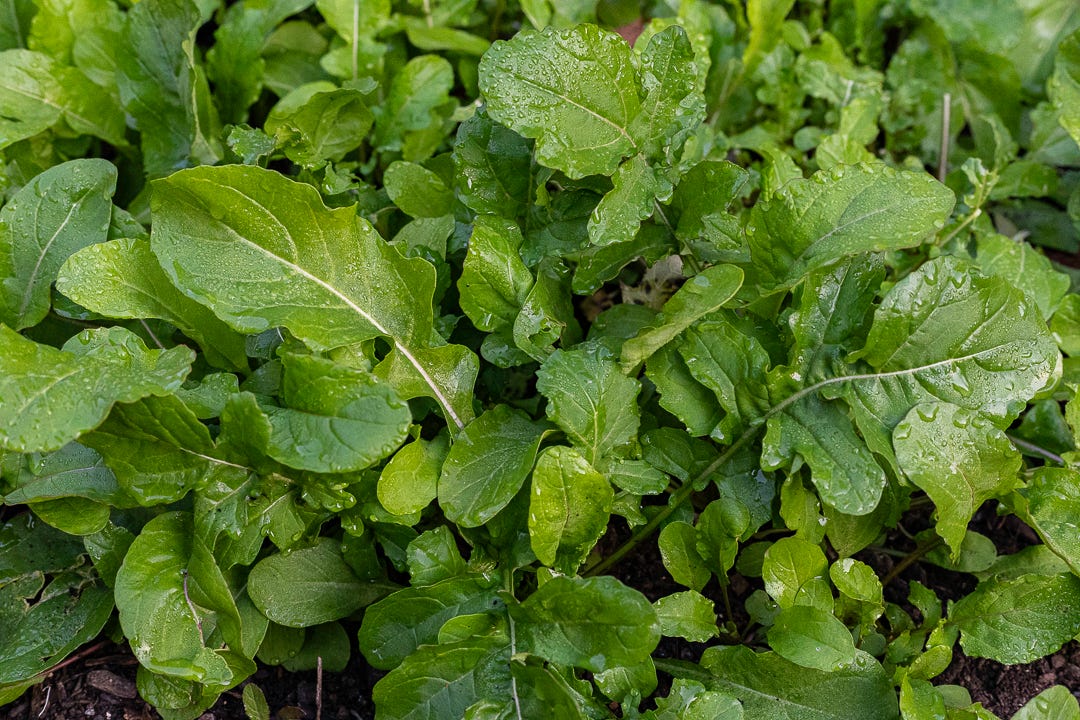
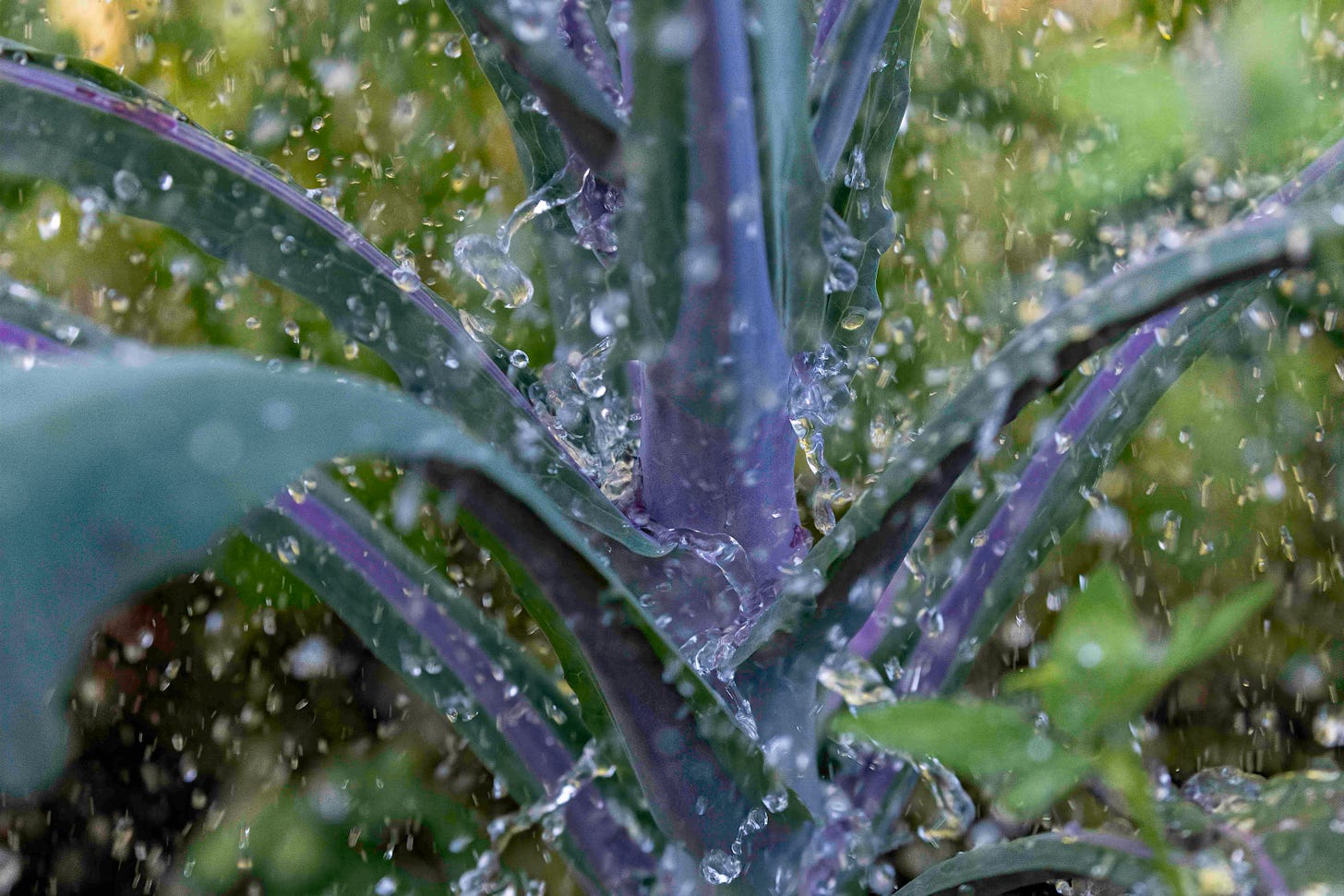
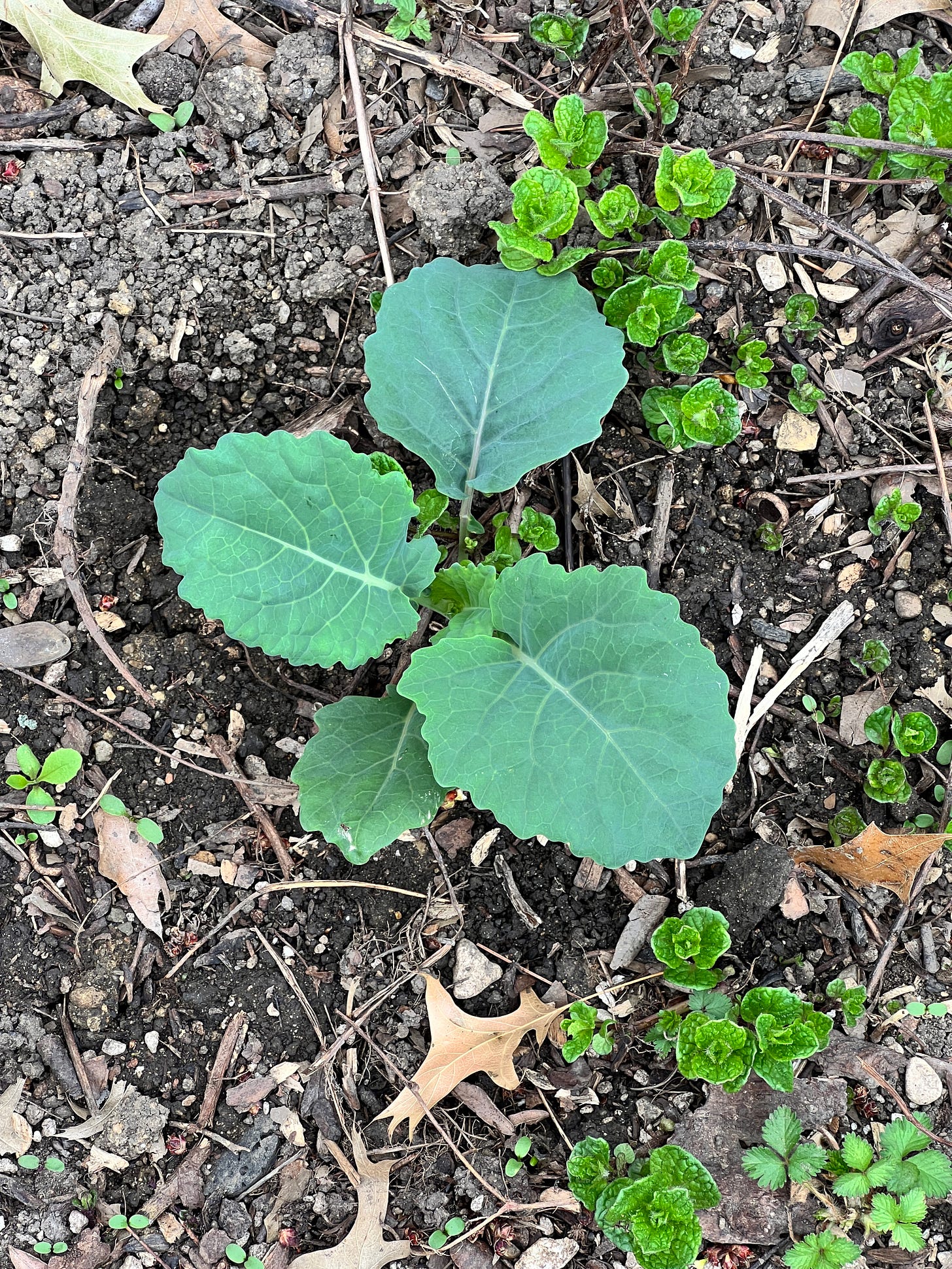
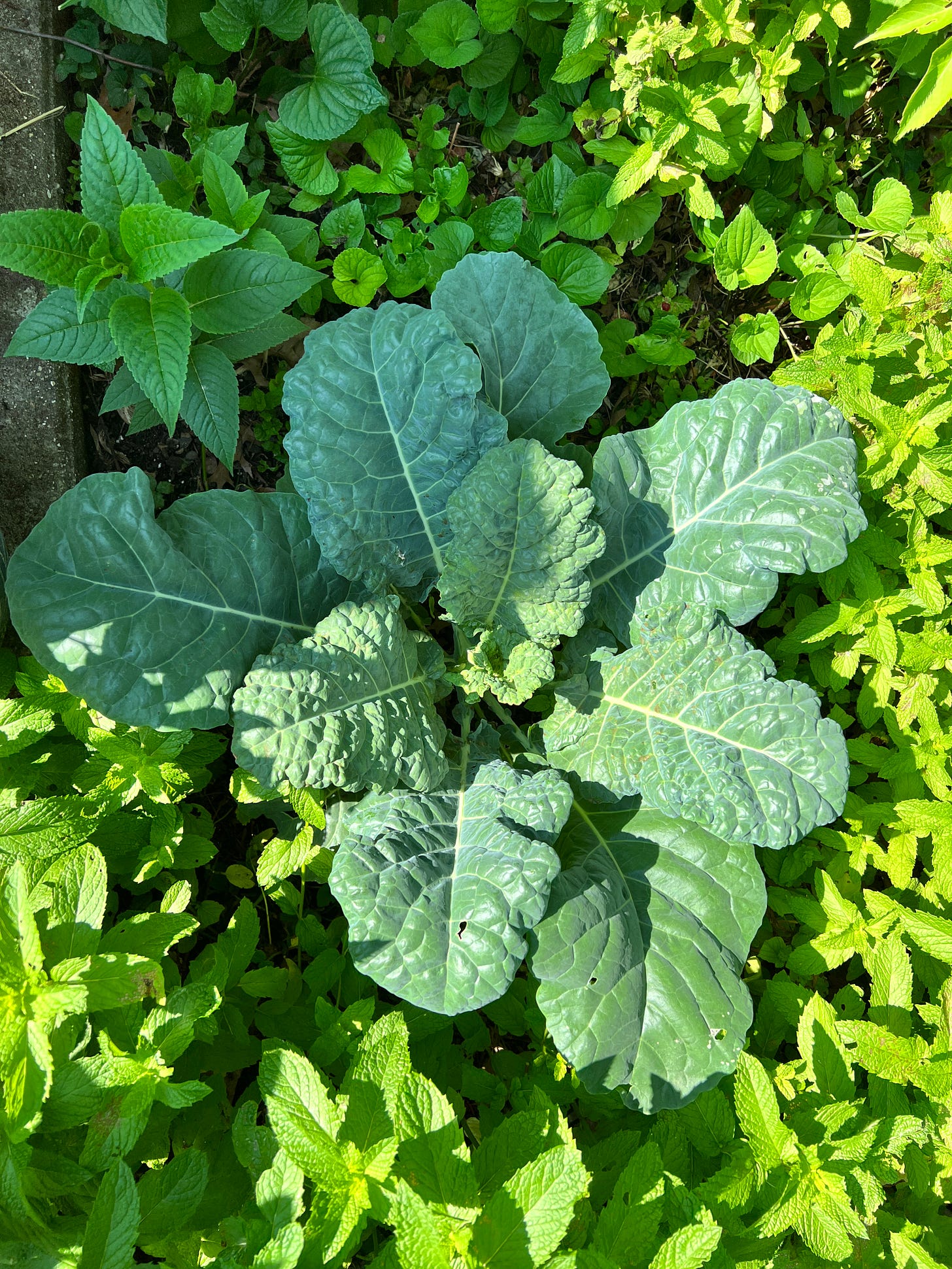
Great article as usual Bill! I used to love my vegetable garden, but no longer have the ability to plant or maintain it. However I am doing flowers, shrubs, and an occasional vine. You're right about the energy exchange between gardeners and their plants. Favorite line: Creativity will flow through you like a wild river!.
I really loved this post. I often think of cultivating and respecting diversity in the garden. I love the idea of growing things as a form of resistance. It was also a good reminder for me to invite my teenagers into the magic with me.